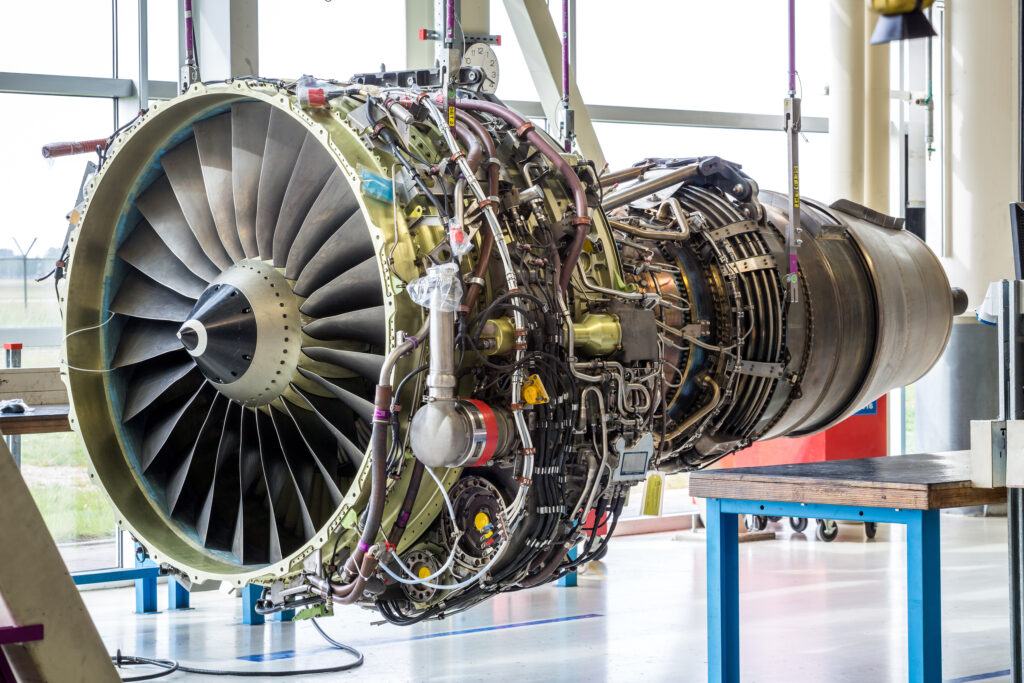The importance of electrical cabling, and why this requires PFAS
To transmit electric power or telecommunication signals from one place to another, electrical cables are needed. A typical modern aircraft may contain between 150 and 250 km of cables installed. These cables group together multiple conductors within a sheathing and are used in various industrial sectors.
When it comes to the aerospace industry, both air and spacecrafts need high performing electrical cabling under very demanding conditions. The electrical cables are often insulated with fluoropolymers, due to their small dimension.
PTFE (Polytetrafluoroethylene), FEP (Fluorinated ethylene propylene) and ETFE (Ethylene tetrafluoroethylene) have strong electrical and resistance properties, fire and flame retardancy, retention under a wide range of temperatures, and exposure to specialty fuels that may be chemically aggressive. Cables need to be flexible and resistant to high as well as low temperatures, which can go as low as -70°C. If the flexibility requirements are not met, cables can turn rigid and there could be a breakdown risk that may result in a system failure, possibly compromising aircraft safety.
The exceptional dielectric properties provided by fluoropolymers allows for cables insulated with these materials to be very thin. Less weight improves the agility and speed of aircrafts and reduces the amount of fuel required. Moreover, fluoropolymers provide exceptional protection against the electric arc effect, which occurs when an electric field is created over normally nonconductive material, causing an electric breakdown of the material, increasing the conductivity in the medium. This is a serious fire threat which needs to be avoided when aircrafts are in operation.

